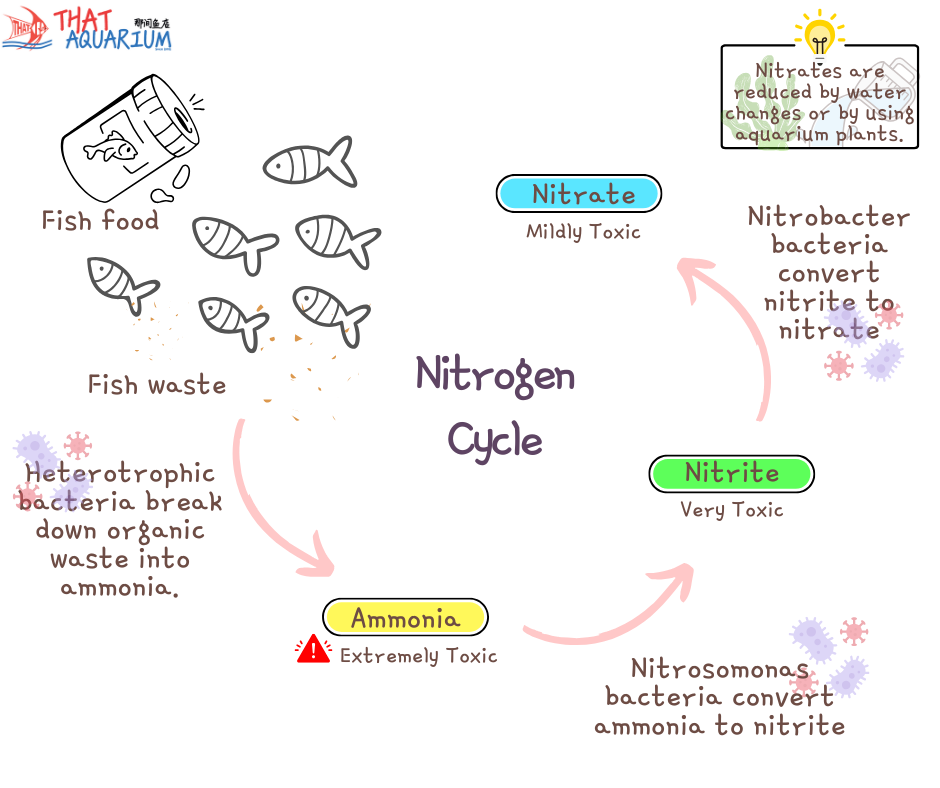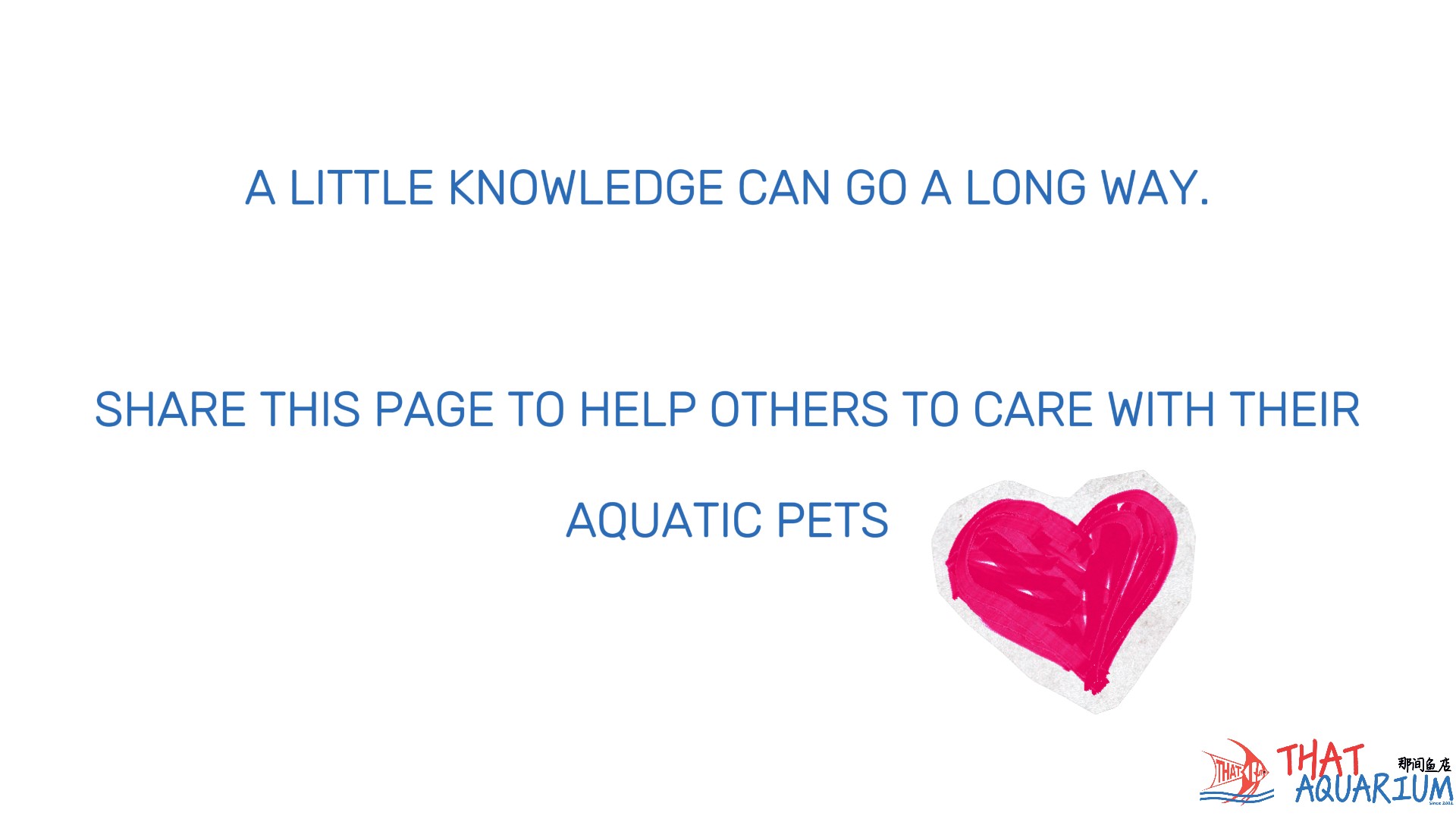
Understanding New Tank Syndrome
Wow! You’ve made it this far, and now, defining ‘new tank syndrome’ is a breeze. Simply put, it refers to a newly set-up aquarium that hasn’t yet established its nitrogen cycle. Without this cycle in place, the tank lacks biological stability and is far from achieving equilibrium.

In a new tank, ammonia (NH3) and nitrite (NO2) are present, which means the nitrogen cycle hasn’t fully developed yet. Both of these compounds are highly toxic to fish and must be at 0ppm before adding livestock. If ammonia and nitrite levels are detected in your water tests, it means your tank isn’t ready yet. This is why patience is key—rushing the process can lead to stressed or even dying fish.
A new tank is like a blank slate—it needs time for beneficial bacteria to grow and take charge of waste management. Your job? Give your bio-filtration system a head start and allow the ecosystem to settle before adding too many fish.
Here’s the golden rule: Take it slow. Avoid impulse buying new fish after setting up your tank. Instead, focus on creating a stable environment. When you take care of your aquarium, it will take care of your fish in return. It’s really that simple!
👉 Next Up: We’ll explore old tank syndrome — and the signs you should look out for.
🐡 Puffed up with knowledge? Give us a like and keep floating along!
Proudly presented by our That Aquarium Digital Team, where innovation meets aquatic excellence.
Published on 13 June 2025
Author: Kelvin Phua
Illustrator(s): Chai Minyu, Abbie Tan


At That Aquarium, we believe that exceptional CARE is the foundation of our success. We are committed to treating each customer and every aquatic life with genuine compassion and respect. Our dedication goes beyond providing quality products and services; we strive to create a nurturing environment that delivers a therapeutic experience for our customers, our aquatic life, and our team. Guided by principles of integrity, forward-thinking mindset, and continuous improvement, we aim to foster a harmonious and supportive atmosphere. Our focus is on ensuring that every interaction reflects our dedication to excellence and our care for both our people and our community.
That Aquarium